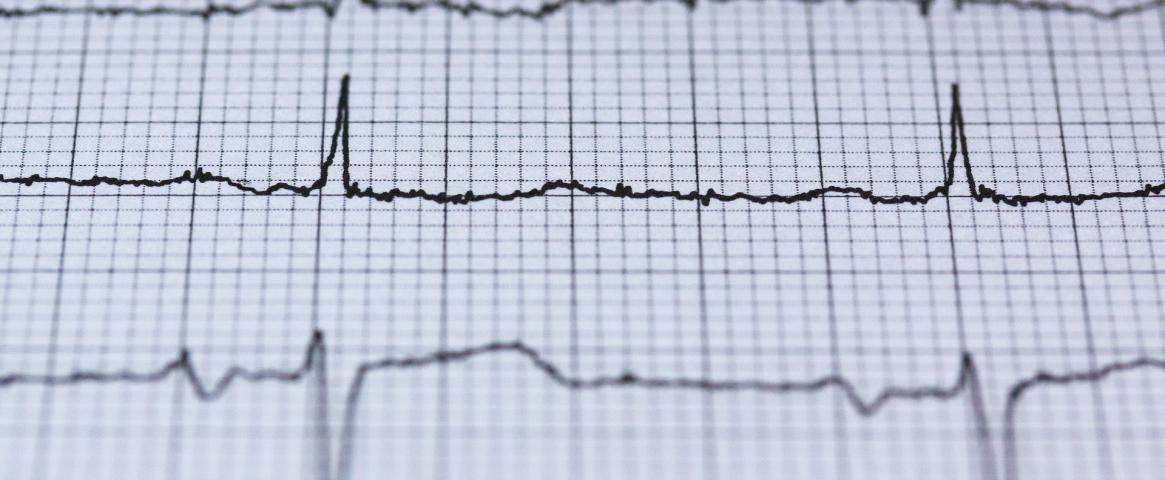By Daniel Singer
New imaging techniques reveal that the heart’s lead pacemaking site, the sinoatrial node, is actually two sites, a finding that may lead to new treatments for heart arrhythmias.
Located in the upper right chamber of the heart, the sinoatrial node (SA node) contains unique muscle cells whose spontaneous electrical activity sets the rate and rhythm of the heart. Some diseases and prescription medications can block the SA node, and this shifts the pacemaking role to a secondary site, the atrioventricular node (AV node) in the heart’s lower right chamber. Now optical mapping techniques developed by biomedical engineer Igor Efimov, and his team at George Washington University in Washington. D.C., reveal a new pacemaking node. This finding may redefine the role of the AV node and help refine therapies for cardiac conditions that disrupt the regular rhythm of the heart.
Finding this new node has landmark significance in understanding how the heart beat initiates, says Kalyanam Shivkumar, a cardiologist and researcher at the University of California at Los Angeles, who was not associated with the study. “And it’s not just one small region; it looks like there are many regions within the pacemaker of the heart itself.”
Time and technology
More than a century ago, scientists punctured individual cells with glass electrodes to capture the chemical conversation -made by molecules like sodium and potassium- that generate electrical activity in the heart and brain. While this technique is still useful for examining single cells, mapping the tissue of internal organs, such as the heart, requires better resolution than single-cell electrodes can provide. Plus, even in isolated cell cultures, cardiac muscle moves to an intrinsic beat which makes it difficult to precisely repeat sampling.
Swapping voltage-sensitive dyes for electrodes, Efimov improved on optical mapping techniques that visualize the location of electrical activity in heart muscle. The method chemically separates the movement of the heart muscle cells from the electrical signals that stimulate muscle contraction, then tag the molecules with colors to capture the action on video. Efimov and his team developed open-source computer imaging programs to generate 3D maps of the electrical activity in the heart.
“They’re a pioneering lab,” Shivkumar says of the innovative mapping technology, noting that his lab has physically replicated the instruments Efimov used for these new study results.
On a need to node basis
With this refined mapping technology, Efimov observed that heart cells in tissue cultures initially beat at a lower-than-normal frequency, and pacemaking originated from a site located lower than the site long considered to be the SA node. After applying a neurotransmitter that accelerated the rate, Efimov then watched the pacemaking site move upwards to the expected SA node site. Importantly, cutting the area between the two locations resulted in two self-sufficient pacemaking sites, demonstrating that the length, or area, of the known SA node had not been underestimated.
Additionally, genetic screening for cellular components critical to electrical transmission saw an overlap, suggesting that pacemaking was not only divided between the two nodes, but also within each node.
These new observations were not unexpected, Efimov says. "As is often the case in biological systems, form enables function, with the range of frequencies a heart is capable of beating being distributed across its anatomy."
However, finding this new node may help explain a few things, such as why the surgical destruction of a pacemaking site that causes abnormal heart rhythms sometimes results in new arrhythmias. Efimov also thinks that heart muscle cells that border the openings of any large blood vessel could be potential pacemaking sites. If true, that could explain why patients with healthy hearts develop arrhythmias after surgery.
Future optical mapping experiments will likely bring Efimov’s theories into sharper focus.
Daniel Singer is a freelance journalist with a degree in neurobiology. His work in pulmonary research, environmental/public health, ophthalmology, and orthopedics keeps feeding his curiosity in the research of wellbeing, developmental biology, and sustainability.
This story was produced as part of NASW's David Perlman Summer Mentoring Program, which was launched in 2020 by our Education Committee. Singer was mentored by Liz Devitt.
Hero image courtesy of Pixabay.


